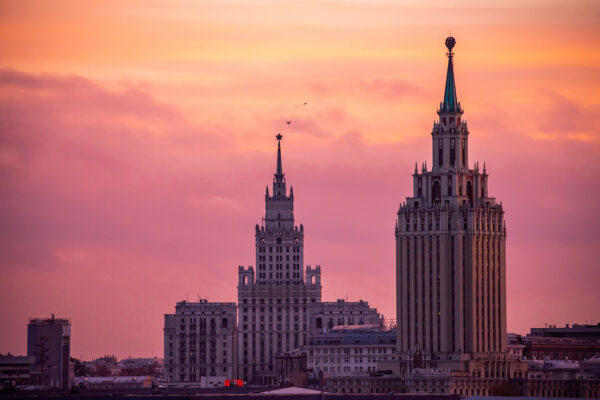
2016 was a good year for Vladimir Putin, Russia’s leader. He tightened his grip on the Crimea, the Black Sea peninsula his army snatched from Ukraine in 2014. Ukraine continues to battle a Russian-backed insurgency in its southeastern Donbas region, delaying its Westernization. Russia has made itself indispensable to a resolution of the war in Syria and voters in the Philippines and the United States embraced Putin’s truth-free style of politics to elect strongmen of their own.
But all this has come at a cost: Russia’s economy is now in a precarious state.
Western sanctions — imposed after Russia seized the Crimea — and lower oil prices have pushed the economy to the brink of recession. Oil projects with Western majors like ExxonMobil and Shell are on hold. Russian companies can no longer borrow in the West.
Russian gross domestic product is down from a $2.2-trillion peak in 2013 to $1.3 trillion today. GDP per capita has fallen from $15,000 to $9,000, the same level where it was ten years ago.
Groceries
Maxim Trudolyubov writes in The Moscow Times that prices for ordinary Russians have gone through the roof.
When shopping for groceries in today’s Moscow, one has to part with exactly twice as many rubles as one did before Crimea.
It doesn’t help that Putin has banned the import of European food products, including French cheeses and Polish apples, in retaliation for the West’s embargo.
Trudolyubov reports for The New York Times that the number of Russians living below the poverty line has risen from 15.5 million in 2013 to 21.4 million last year.
And that’s going by the state’s definition of what it means to be “poor”. The actual number of Russians barely managing to get by is likely to be higher.
Illiberal turn
Russia’s domestic decline is not only the result of its recent foreign policies, argues Trudolyubov. This goes back years.
As part of his effort to stabilize Russia after the freewheeling 1990s, Putin brought “strategic” economic assets back under state control and clamped down on both free enterprise and civil society.
Around the time he returned to the presidency in 2012, Putin stopped even paying lip service to liberalization. Relative moderates who once occupied top posts in Putin’s “power vertical”, including Alexei Kudrin, Dmitri Medvedev, Vladislav Surkov and Gleb Pavlovski, were either dismissed or lost influence.
In their place, hardliners like Sergei Narishkin, Igor Sechin, Sergei Shoigu and Viktor Zolotov have risen.
Putin used to balance the liberal and pro-Western preferences of the first group against the statist and anti-Western instincts of the second. Now it appears he has chosen sides.
As Trudolyubov points out, the share of state-owned and state-controlled companies contributing to gross national product has risen from 35 percent in the early 2000s to 70 percent today. The number of state and municipal unitary enterprises tripled just from 2013 to 2015.
Such a dominant presence of the state in the national economy stifles growth and innovation. Not to mention the huge sums of money that are siphoned off for bribes and kickbacks.
Cold comfort
There is good news. Foreign currency reserves are down but sufficient. The federal budget is reasonably balanced and debt is low, although that has come at the expense of cuts in almost all public services except defense.
Putin’s personal approval rating remains astronomical, but independent polling shows that only one in two Russians believe the country is on the right track.
Turnout in parliamentary elections in September was a dismal 47 percent (officially), down from around 60 percent in every election since the end of communism. Most Russians don’t see the point in voting anymore. If this disinterest turns into a sense that they’ve got nothing to lose — that ought to worry Putin.
